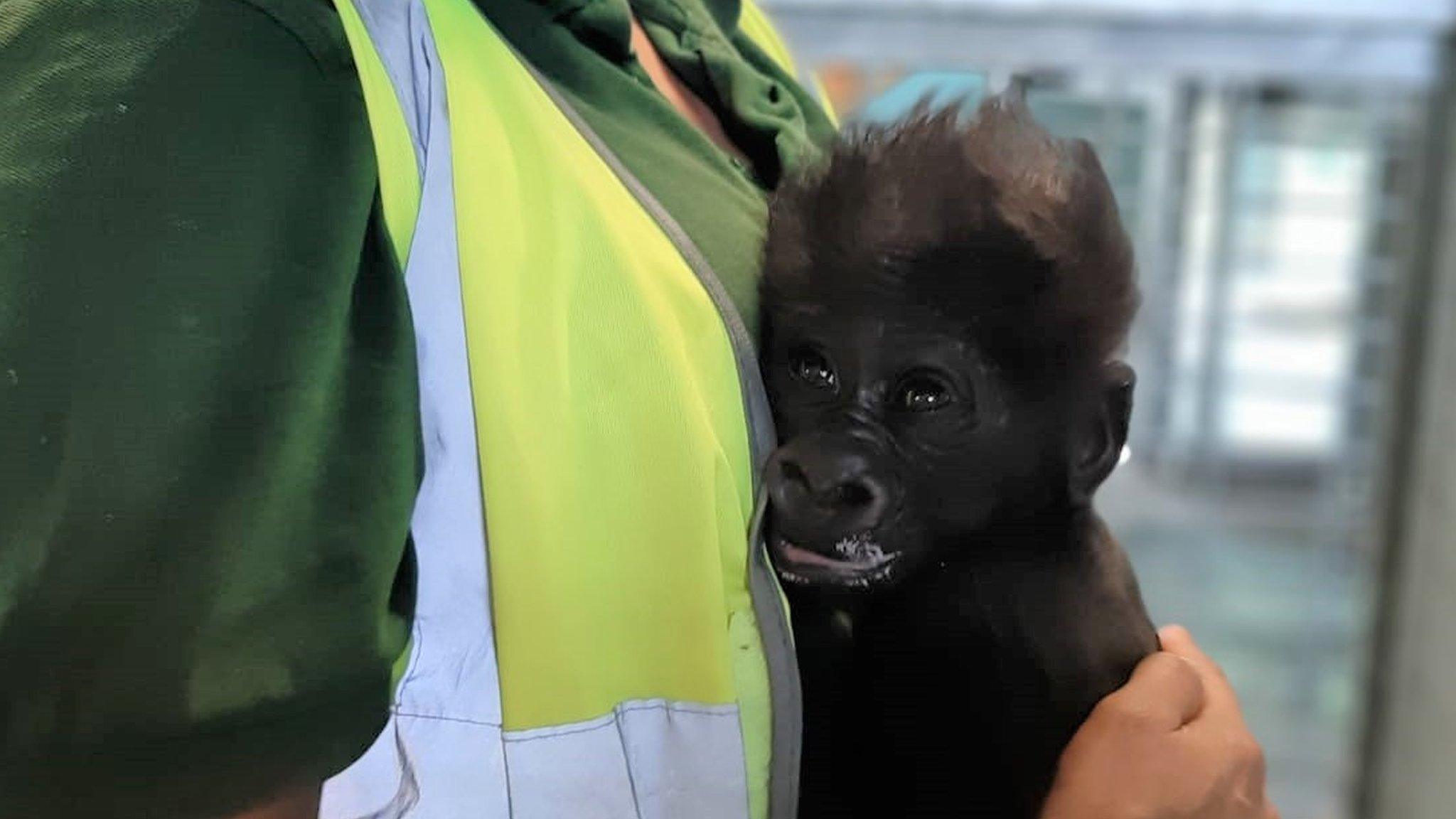Gorillas mirror humans by remembering old friendships
- Published
- comments
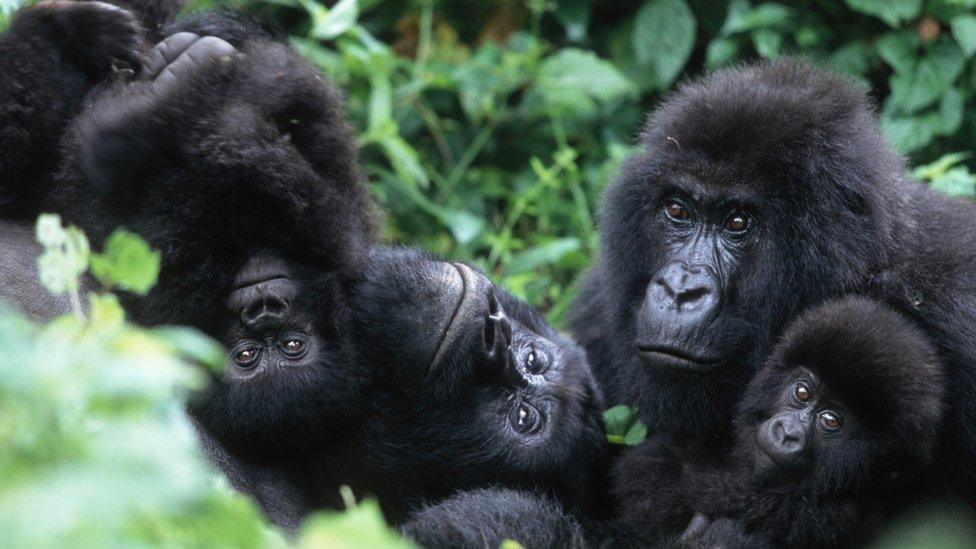
A study has found that gorillas are friendlier to groups of gorillas they have met before.
The study by the Dian Fossey Gorilla Fund and the University of Exeter shows that even after 10 years apart, a gorilla would remember a group it had spent time with and wouldn't be as aggressive towards them.
Much like humans, it is thought the gorillas in this study valued friendships both inside and outside of their usual close knit social circle.
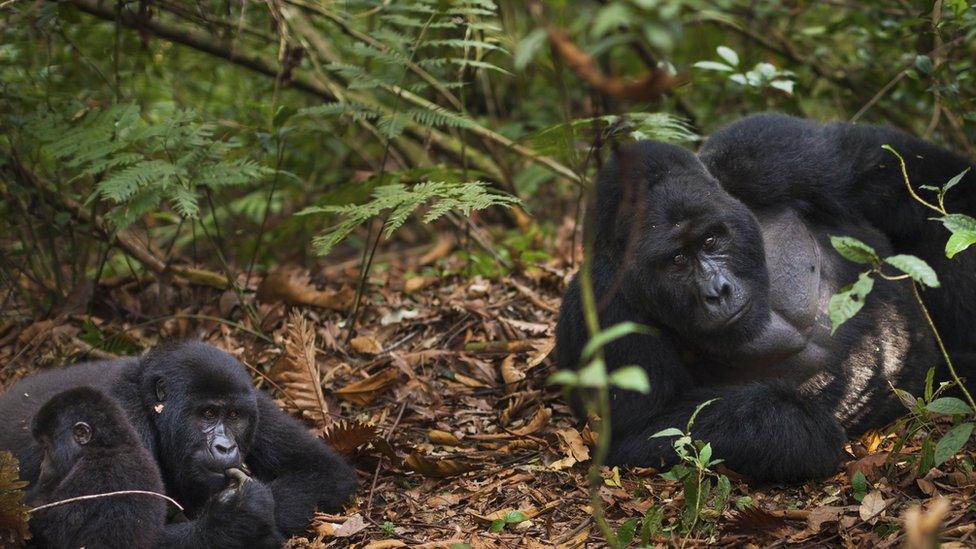
The study looked at 17 mountain gorilla groups in Volcanoes National Park, Rwanda using data collected over sixteen years.
It found that they were fiercely protective over their 'core home range', the area they claim for their close family to eat, rest and sleep together.
But their behaviour changed when they wandered away from their homes, into the wider areas, and met other gorillas.
Dr Robin Morrison said: "Meetings of groups are fairly rare and at first both groups are usually cautious.
"They often beat their chests and show off their strength, but the interaction can then either become aggressive - with fighting and screaming - or 'affiliative'. In 'affiliative' interactions, the initial tension passes and the groups intermingle. They may rest together, and younger gorillas will often play with youngsters from the other group."
Affiliative means accepting.
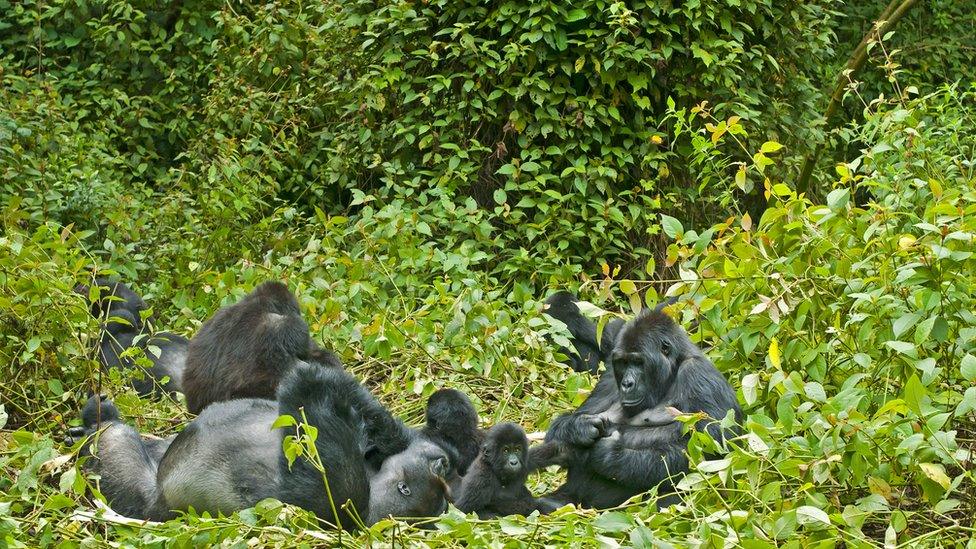
Did you know? A group of gorillas is called a 'troop'.
The study found that even if they hadn't seen each other for 10 years - gorillas were four times more likely to be friendly to a group they had spent time with before.
The researchers saw this as similar to behaviour in humans, saying that we are closest to the family and friends we see a lot, but will also make long-lasting friendships out side of that circle.
Understanding these patterns could be helpful in working out how the future might look for endangered gorilla habitats, according to the scientists behind the study.
- Published4 June 2018
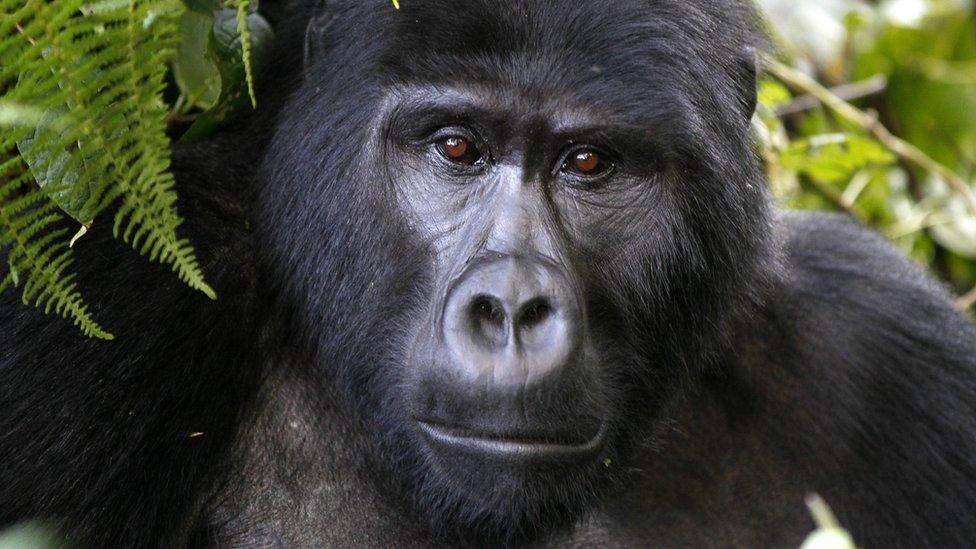
- Published22 October 2020
